Let's Start From the Beginning, Fundamentals of Dynamics and Newton's Laws of Motion
What is motion? Well, to you people, who study physics it can sound a very easy question. Let us think of an object which is moving or being moved. So, now one can ask a question how much distance it goes in two seconds or in 1.5 seconds. When we count the distance traveled by an object with respect to time is called motion. How can we observe or measure the motion of an object? Of course, we need to compare it with something. That something, in the word of physics, is called reference frame. With respect to the reference frame, we measure how much distance it traveled in how many times.

Motion can be in one dimension, in two and three dimensions as well. The example of one-dimensional motion can be Michael Phelps competing in 100 meter swimming competition. An example of two-dimensional motions can be when we throw a ball up in the sky. Its motion can be divided into horizontal and vertical direction. Motion in three dimensions can be a little bit complex to think. For example, motion of electron in an atom.
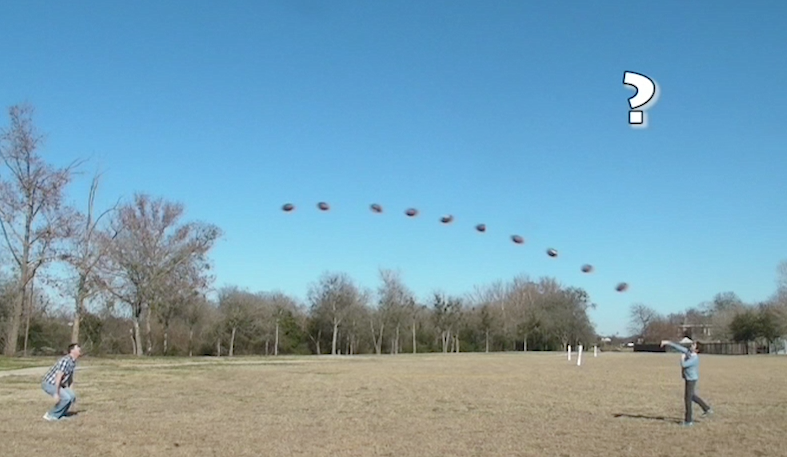
What is the cause of motion? For example, we have seen that a tugboat pushing a ship. Well, one can ask how it is possible when the ship is much heavier than the tugboat? Why is it so hard to control a car on snow during winter and easy on summer days when there is no snow? To know the answer, my friends, we have to know about dynamics. But don’t worry, I am here to help you with that.
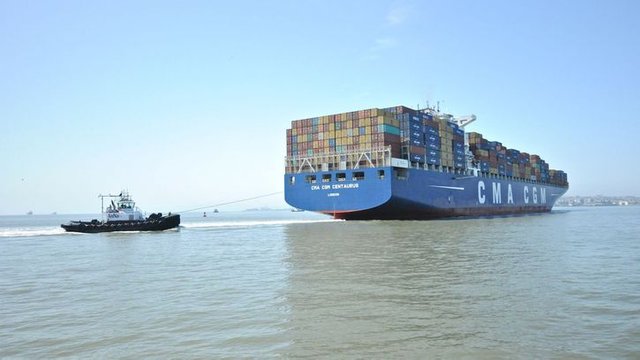
Dynamics is the subject where we study the relation between the force and motion. Force causes motion. What is force then?
Force
Force in daily language is like push or pull. Like we can see in the picture above a tugboat is pulling the ship. When a car is stuck in mud or snow, we push it. Force is something which is an interaction between two bodies. Force is a vector quantity. Vector is something which has a particular magnitude as well as direction.
A force which involves direct contact between the object which is pushing and the objected which is being pushed is called contact force. For example, when we push or pull an object will an object with our hand. When an object is pushing another object up is called normal. There is also friction force. Friction force acts parallel to the motion of the object. AN example can be when a car moves on the road. A friction force works parallel but opposite to the direction of motion. There are so many variety of forces. When a tennis ball is thrown up earth all ways pulls it back. There is no direct contact between earth and tennis ball. This force is called Gravity. This the force which governs the universe.
.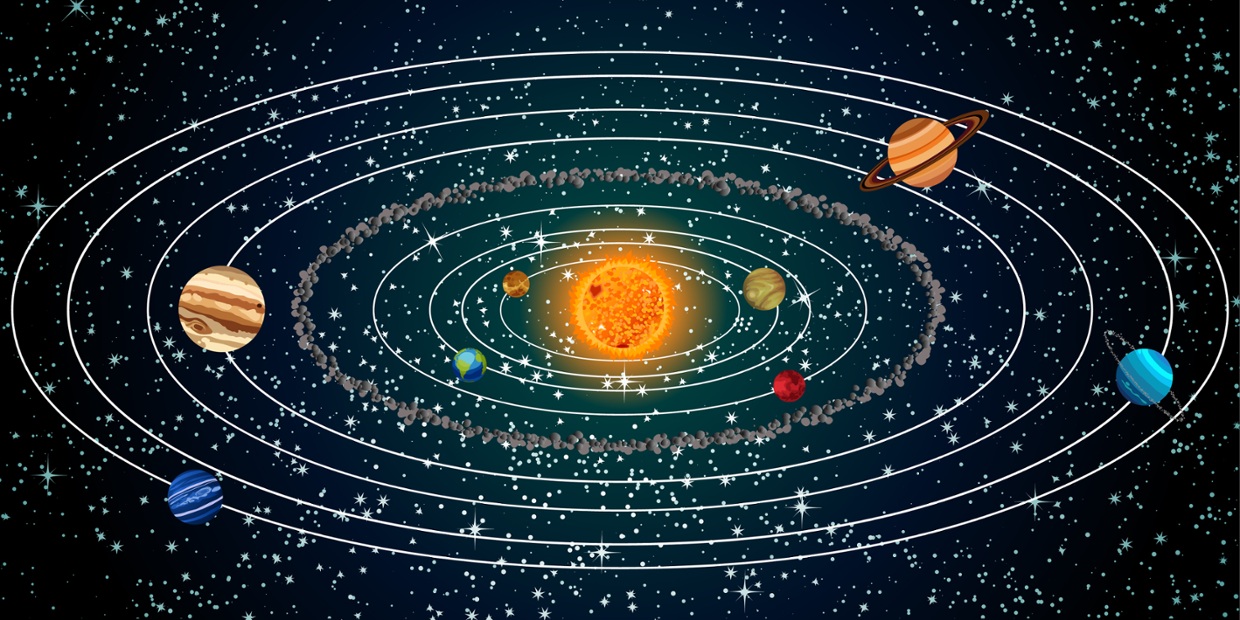
The laws are dynamics are usually based on two concepts- Force and Mass. These two concepts are bind together with three laws which we know asNewton’s laws of motion. They are of a great deal of importance to describe our day to day world.
First law of motion
Let us think of a hockey puck and let's not give it a force. Its common sense that the puck won't move. But what if the puck is at the motion and we don't give it a force. It will, of course, slow down. That's what our common sense says. But lets put ice on the table and now let's see what happens. Now the puck moves a little further. The force which was slowing it down was friction. If we can take out friction from the equation, then it will be in motion. So, Newtons first law says--If no force is exerted an object at rest will stay at rest and an object in motion go on moving forever .
Second law of motion
Newtons second law shows us the relation between force and acceleration. Like for example, If we exert 1 N (Newton) force on a 1kg mass and if we exert 2 N on the same object, second time it will move two times faster. That means it will be two times more accelarated. Here we can see there is a direct relationship between Force and acceleration. Newtons second law says--When a net external force acts on a body, the body accelerates. The direction of acceleration is in the direction of the force. Net force equals mass multiplied by accelaration
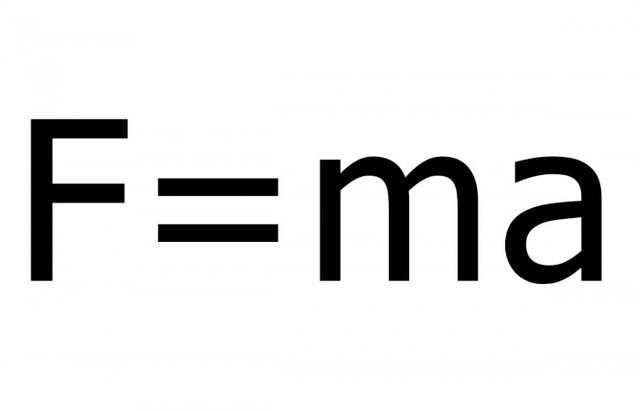
The expression above is a mathematical extension of another expression which is, the rate of change of momentum is proportional to force.
Third law of Motion
I think there is no one in this world who has not said even once Newton's third law. Although we don't know that it was said by Newton. So, Newton's third law says --Every action has its equal and opposite reactionmeans, for example, If a body A exerts a force on a body B, the body B exerts the same amount of force on A. These forces are equal but opposite in direction. A practical example can be when a shooter shoots a bullet from a gun he also feels a force backward.
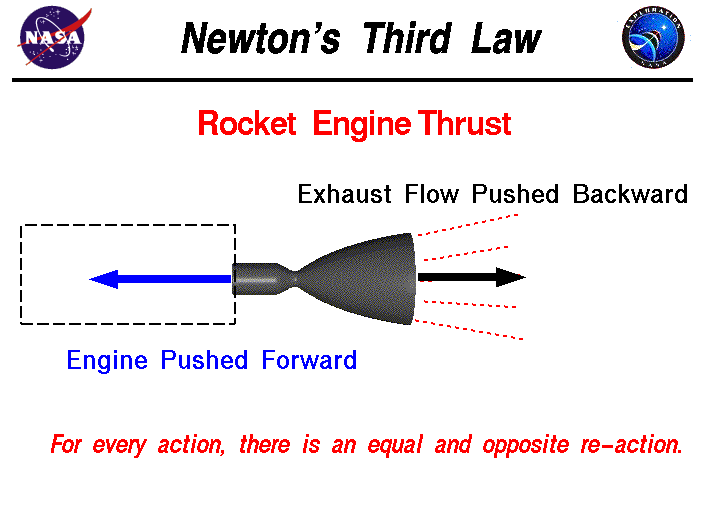
References
[1] https://en.wikipedia.org/wiki/Newton%27s_laws_of_motion
[2] http://amrita.olabs.edu.in/?sub=1&brch=1&sim=105&cnt=1
[3] https://en.wikipedia.org/wiki/Force
[4] https://physics.info/motion/

steem on

I happy to see some dedicated writer in science. Appreciate it Mate. Let s all together make steemit a place to learn as well as having fun :)
thank you bro.
very informative and easy to follow as usual. thanks for sharing keep up the hard work.
Very interesting post, just keep writing ! :)